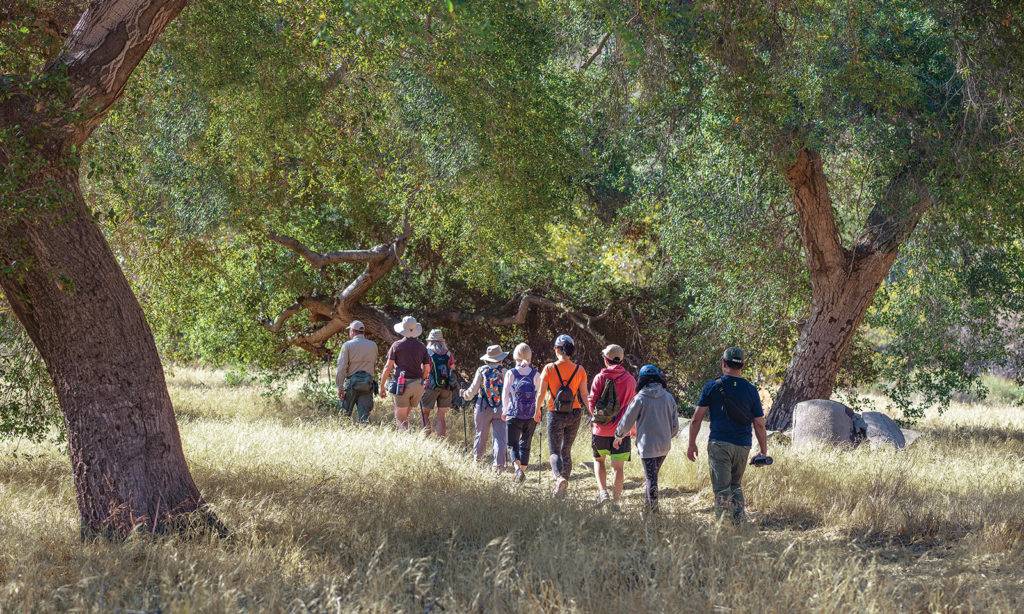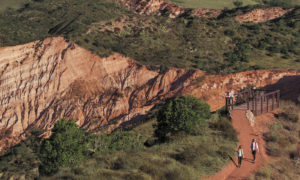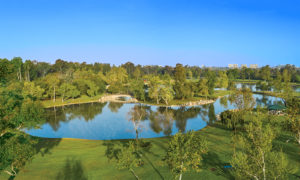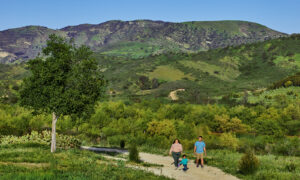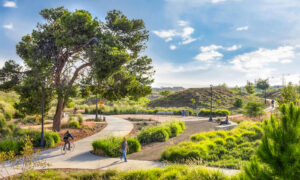
Gray Crouch stooped and drew circles around a series of small paw prints on the dirt trail.
The tracks were from a bobcat, the OC Parks resource specialist explained. What’s more, they revealed the direction in which the animal was headed.
Like detectives at a crime scene, our small group, on an interpretive hike through the Fremont Canyon Nature Preserve, peered where Crouch pointed, noting the tracks of a bird nearby. Crouch was our docent on the 3.5-mile trail, in the heart of Irvine’s Northern Open Space Preserve.
“People who don’t look into this have no idea what they’re missing,” said Pat Allen, a 22-year Woodbridge resident on the hike. “I can’t imagine anywhere else with Irvine’s population that still has this much access to such natural diversity.”
Some locals call Fremont Canyon the “Yosemite of Orange County” due to its picturesque rock formations and caves. Its ridgelines offer sweeping views of Orange County and downtown Los Angeles on clear days.
But the highlight is its biological diversity, including coastal sage scrub, chaparral, oak woodlands and the rare Tecate cypress tree. The canyon is full of wildlife, such as cactus wrens, San Diego mountain kingsnakes, Bell’s sparrow, mule deer and golden eagles.
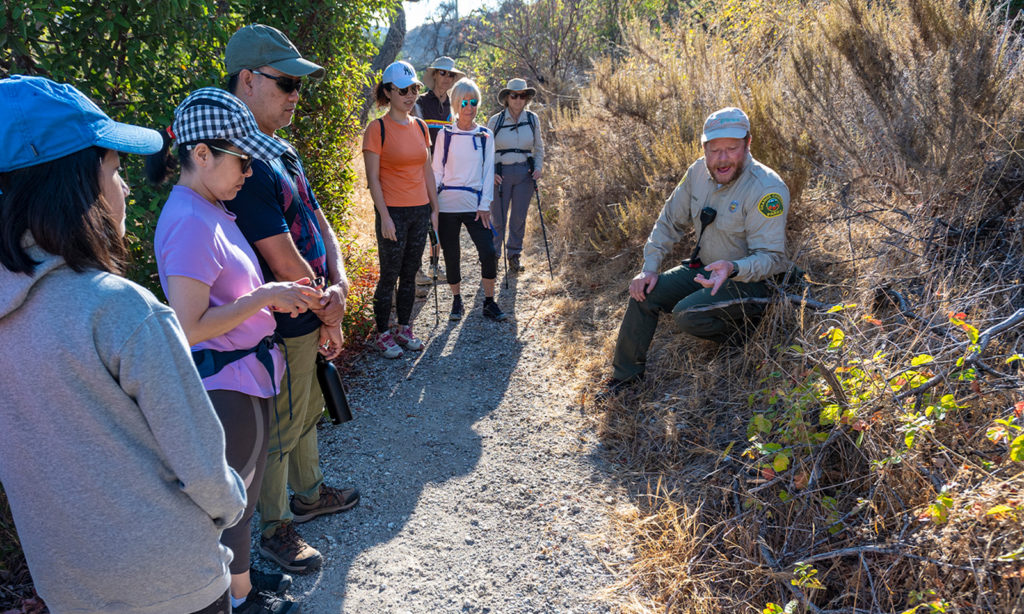
“We have so much healthy native wildlife back here,” said Crouch, who led the hike. “The biodiversity here far exceeds what you’d see in other natural areas.”
The tour started inside Irvine Regional Park. Crouch unlocked a gate to enter the preserve, which is open only to guided activities in order to protect sensitive habitats. We were greeted by six red-tailed hawks soaring above as if to let us know we were entering their territory.
As we walked, we heard occasional rustling in the bushes that Crouch said was likely made by towhees – small, long-tailed songbirds that hop and run in the coastal shrublands.
“I can’t imagine anywhere else with Irvine’s population that still has this much access to such natural diversity.” – Pat Allen, 22-year Woodbridge resident
Crouch also taught us about various plants, including laurel sumac, a large, bright-green shrub that folds its leaves along the midrib in dry weather to protect it from overexposure to the sun.
California sagebrush, a member of the sunflower family with small white blooms, is known as “cowboy cologne,” Crouch told us, because cowboys used the aromatic plant as a natural deodorant.
We stopped to marvel at the Santiago Dam, which forms Irvine Lake. The Irvine Company created the lake in 1931 to ensure a steady supply of water for The Irvine Ranch. A few years later, it was stocked with fish, and in 1941, it was opened to the public for recreational use.
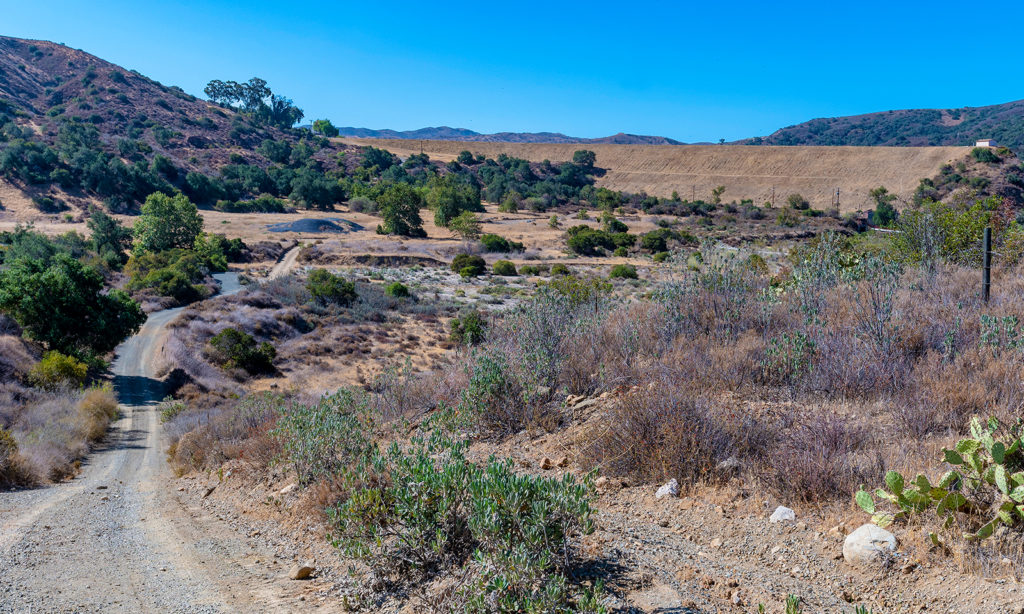
I wasn’t the only one who felt thankful to have access to such beautiful open space so close to home.
“It’s another great option to all the things Irvine offers,” Allen said. ” It’s just a wonderful way to stay in shape and learn things.”
Visit letsgooutside.org to learn about free programming at Fremont Canyon.

